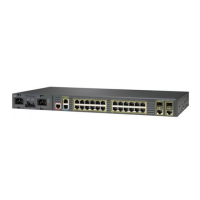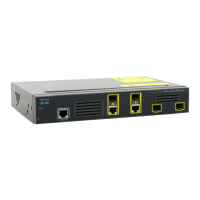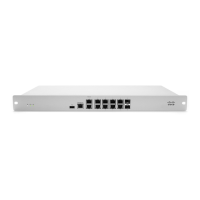33-54
Cisco ME 3400 Ethernet Access Switch Software Configuration Guide
OL-9639-07
Chapter 33 Configuring QoS
Configuring QoS
• You can attach only one output policy map per port.
• The maximum number of policy maps configured on the switch is 256.
These sections describe how to configure different types of output policy maps:
• Configuring Output Policy Maps with Class-Based-Weighted-Queuing, page 33-54
• Configuring Output Policy Maps with Class-Based Shaping, page 33-56
• Configuring Output Policy Maps with Port Shaping, page 33-57
• Configuring Output Policy Maps with Class-Based Priority Queuing, page 33-58
• Configuring Output Policy Maps with Weighted Tail Drop, page 33-62
Configuring Output Policy Maps with Class-Based-Weighted-Queuing
You use the bandwidth policy-map class configuration command to configure class-based weighted fair
queuing (CBWFQ). CBWFQ sets the relative precedence of a queue by allocating a portion of the total
bandwidth that is available for the port.
Follow these guidelines when configuring CBWFQ:
• When configuring bandwidth in a policy map, all rate configurations must be in the same format,
either a configured rate or a percentage.
• The total rate of the minimum bandwidth guarantees for each queue of the policy cannot exceed the
total speed for the interface.
• You cannot configure CBWFQ (bandwidth) and traffic (shape average) or priority queuing
(priority) for the same class in an output policy map.
• You cannot configure bandwidth as an absolute rate or a percentage of total bandwidth when strict
priority (priority without police) is configured for another class map.
• You can configure bandwidth as a percentage of remaining bandwidth only when strict priority
(priority without police) is configured for another class in the output policy map.
• When you configure CIR bandwidth for a class as an absolute rate or a percentage of total
bandwidth, any excess bandwidth that remains after servicing the CIR of all classes in the policy
map is divided among the classes the same proportion as the CIR rates. If you configure the CIR rate
of a class to be 0, that class is not eligible for any excess bandwidth and will receive no bandwidth.
Beginning in privileged EXEC mode, follow these steps to use CBWFQ to control bandwidth allocated
to a traffic class by specifying a minimum bandwidth as a bit rate or a percentage:
Command Purpose
Step 1
configure terminal Enter global configuration mode.
Step 2
policy-map policy-map-name Create a policy map by entering the policy map name, and enter
policy-map configuration mode.
Step 3
class {class-map-name | class-default} Enter a child class-map name or class-default to match all
unclassified packets, and enter policy-map class configuration
mode.
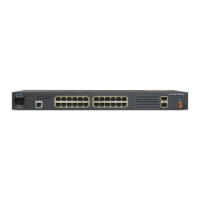
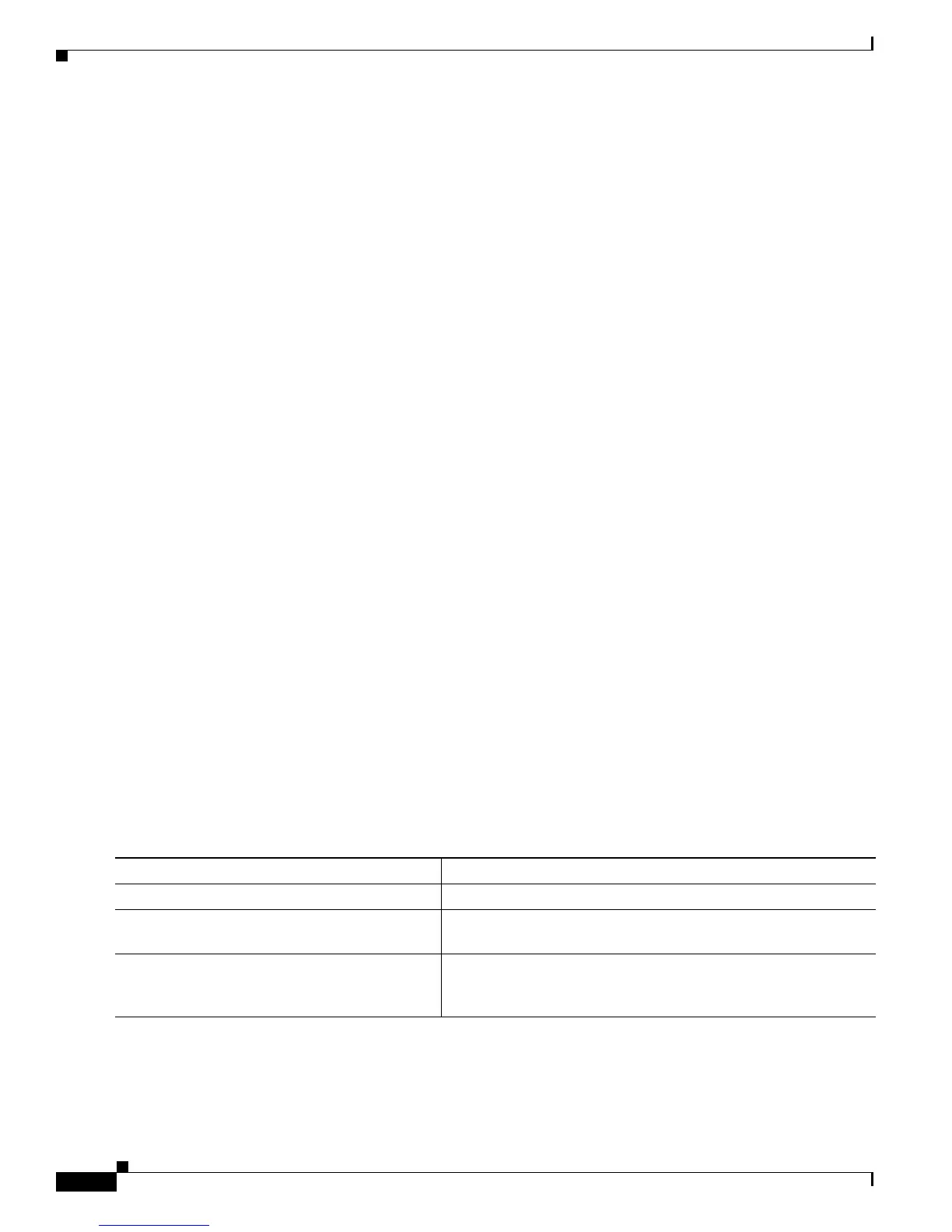